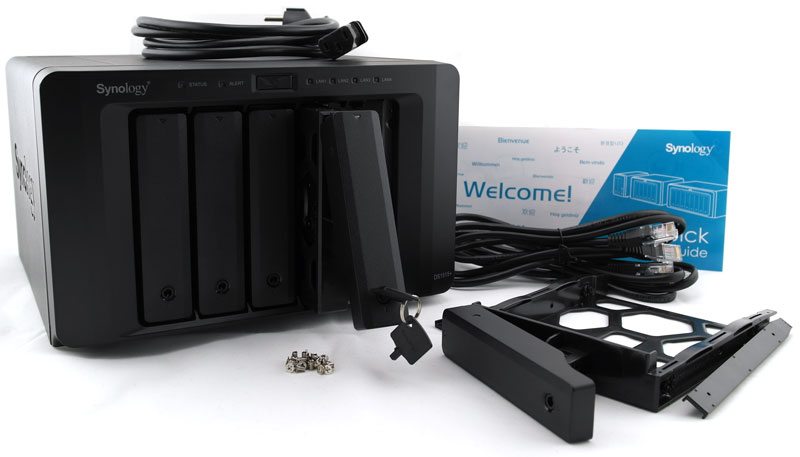
Many users like this setting because their content is static in nature to they find this a simple way to manage their storage.
Unraid setup shares smb free#
Fill Up: This option means simply fill up drives in disk order until the free space falls below the Minimum Free Space setting, and when that happens move onto the next disk.It has the downside that one is continually switching drives which keeps the drive involved spun up. Most Free: This option means that new files should go to the disk with the most free space.Allocation method: This has various options:.Which physical drive in the main array is used to store a physical file is controlled by a number of settings for the share: However if you manually create a top level folder on any drive the system will automatically consider this to be a user Share and give it default settings. Normally one creates User Shares using the Shares tab. However This mount point is now deprecated and may stop being available in a future Unraid release. Current releases of Unraid also include the mount point /mnt/user0 that shows the files in User Shares OMITTING any files for a share that are on any pool.It is important to note that a User Share is just a logical view imposed on top of the underlying physical file system so you can see the same files if you look at the physical level (as described below for Disk Shares. When viewed at the Linux level then User Shares will appear under the path /mnt/user. Note that no individual file will span multiple drives - it is just the directory level that is given a unified view. From a user perspective this gives a view that can span multiple drives when viewed at the network level. The name of this top level folder is used as the share name. What they do is provide an aggregated view of all top level folders of the same name across the cache and the array drives. User Shares are implemented by using Linux Fuse file system support. Click the Help icon in the top-right of the Unraid webGui when configuring shares for more information on the settings available. User Shares can be enabled/disabled via Settings->Global Share Settings.įrom the Shares tab, you can either create a new share or edit' an existing share. Every file/folder that appears under a User Share will also appear under the Disk Share for the physical drive that is storing the file/folder. It is sometimes important to realize that these are two different views of the same underlying file system. The default on Unraid is to have User Shares enabled but Disk Shares disabled. You can control which of these types of shares are to be used under Settings->Global Share Settings. Unraid will automatically create a handful of shares for you that it needs to support common plugins, containers, and virtual machines, but you can also create your own shares for storing other types of data. Once you have assigned some devices to Unraid and started the array, you can create shares to simplify how you store data across multiple disks in the array. 1.1.6.2 Moving Files from the Array to a Pool (cache)Ī lot more detail still needs to be added.



 0 kommentar(er)
0 kommentar(er)
